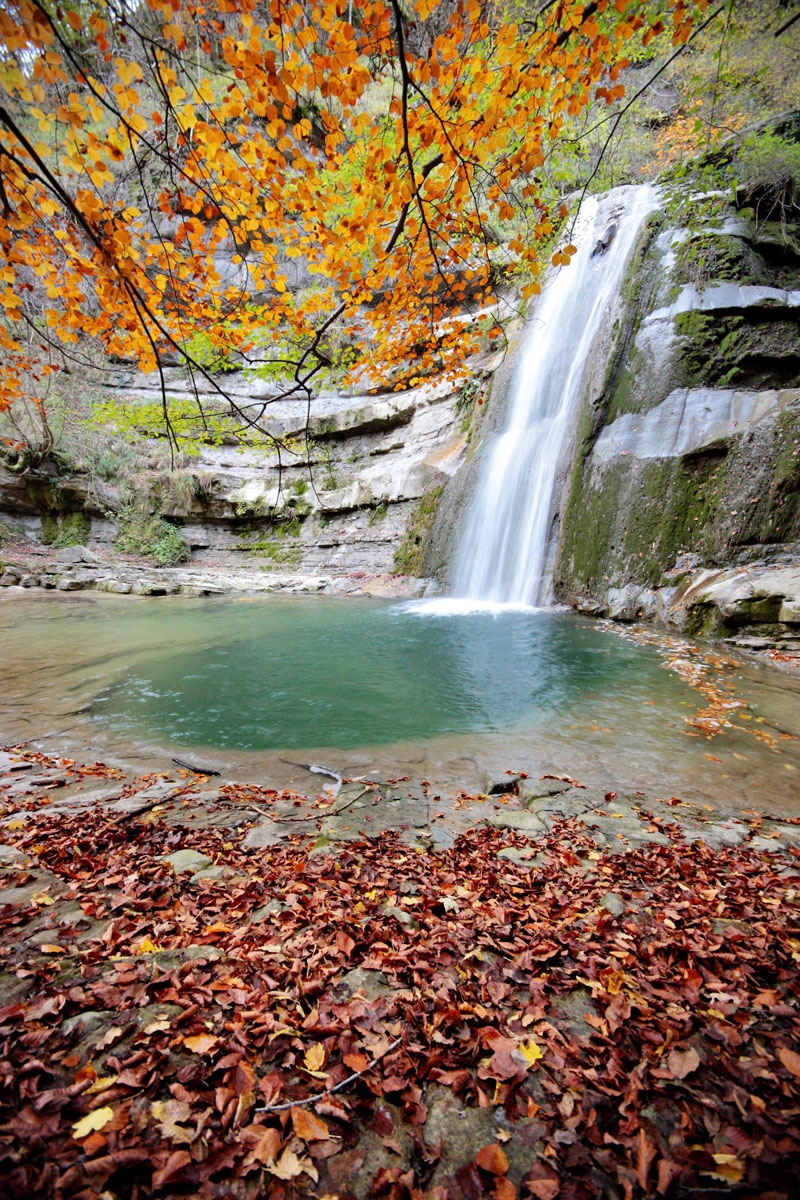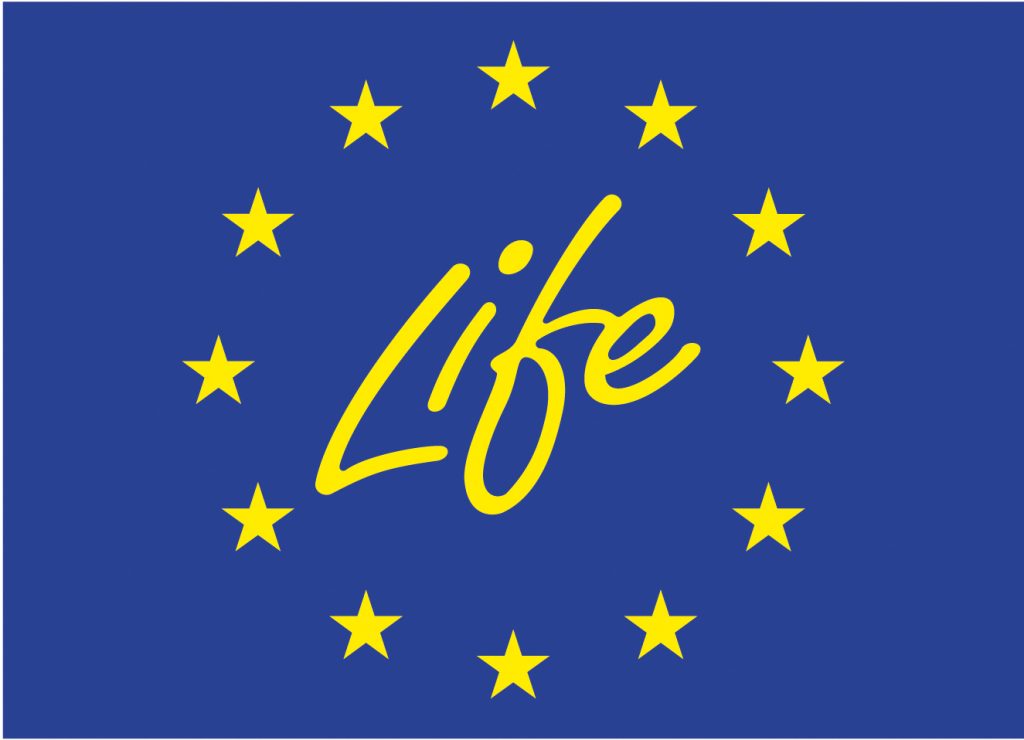
The autochthonous Mediterranean trout
The native Mediterranean trout (Salmo macrostigma or Salmo cettii) is an endemic salmonid of the Mediterranean area which, currently, in the Italian territory is in an “unfavorable, tending to decline” conservation status. In many areas of Italy, in fact, native trout populations are considered extinct, replaced by non-native populations, often of Atlantic origin. What remains of the autochthonous S. cettii populations in Italy today, estimated at a few thousand individuals, is mostly fragmented and / or isolated in small mountain water basins.

Photo: Matteo Perini
WHERE MEDITERRANEAN BROWN TROUT LIVES
The Salmo cettii species in Italy is found in the upper reaches of the Apennine insular and peninsular water catchment areas and in the mountain streams of the western Alps.
In general, the native Mediterranean trout prefers clear and moderately current waters, with temperatures between 10 and 17 ° C, with a pebbly and gravelly bottom and with a fair presence of macrophytic flora. In reality it manages to survive and reproduce even in less than optimal conditions, such as in pre-forest areas.
WHAT TROUT EATS
The diet of Salmo cettii consists mainly of adult larvae and insects and – to a lesser extent – of vegetable elements, crustaceans, molluscs. Macroinvertebrates, fry and small fish, as well as being food competitors, also represent a valid source of nourishment in the vital stages of the native Mediterranean trout.
HABITAT
Salmo cettii is a migratory species within fresh waters which, depending on its stage of development, moves towards the habitat with the most suitable ecological-functional role:
- spawn habitat, used for deposition and reproduction, can coincide with the growth or foraging habitat;
- habitat of the larvae, in which the larvae move after hatching. It is a more protected area and suitable for their diet;
- habitat of the young, where individuals remain until around the 6th month of age;
- habitat for growth or foraging: between 6 and 15 months after hatching, the native Mediterranean trout move further downstream, where they remain until sexual maturity, i.e. when they resume migrating upstream towards the spawning areas.
- wintering habitat, where trout spend the winter season.
REPRODUCTION
The reproduction of the Salmo cettii takes place in shallow and flowing waters, in a gravelly bottom that the female cleans up of aquatic vegetation. Generally the period goes from November to January, but it can also last until March. The female lays her eggs several times and, once fertilized, covers them with gravel and small pebbles to protect them from predators.
MAIN CRITICALITIES FOR THE PRESERVATION OF THE SPECIES
Among the numerous threats that endanger the survival of native Mediterranean trout populations we remember:
- the alterations suffered by the habitats, linked to numerous factors such as climate change, freshwater pollution, the fragmentation of water bodies due to dams (physical barriers) but also the excessive uptake of water for different uses (hydrological barriers)
- the widespread practices of poaching and illegal releases, unfortunately still not systematically opposed
- the lack of a widespread and shared strategy to effectively counter the phenomenon of introgression with the Atlantic genome.


